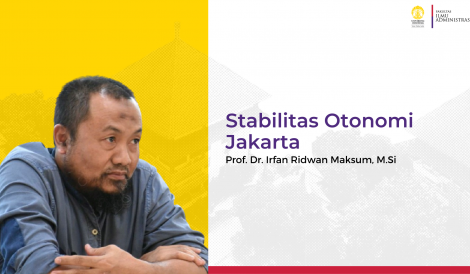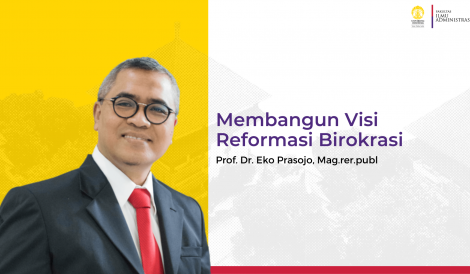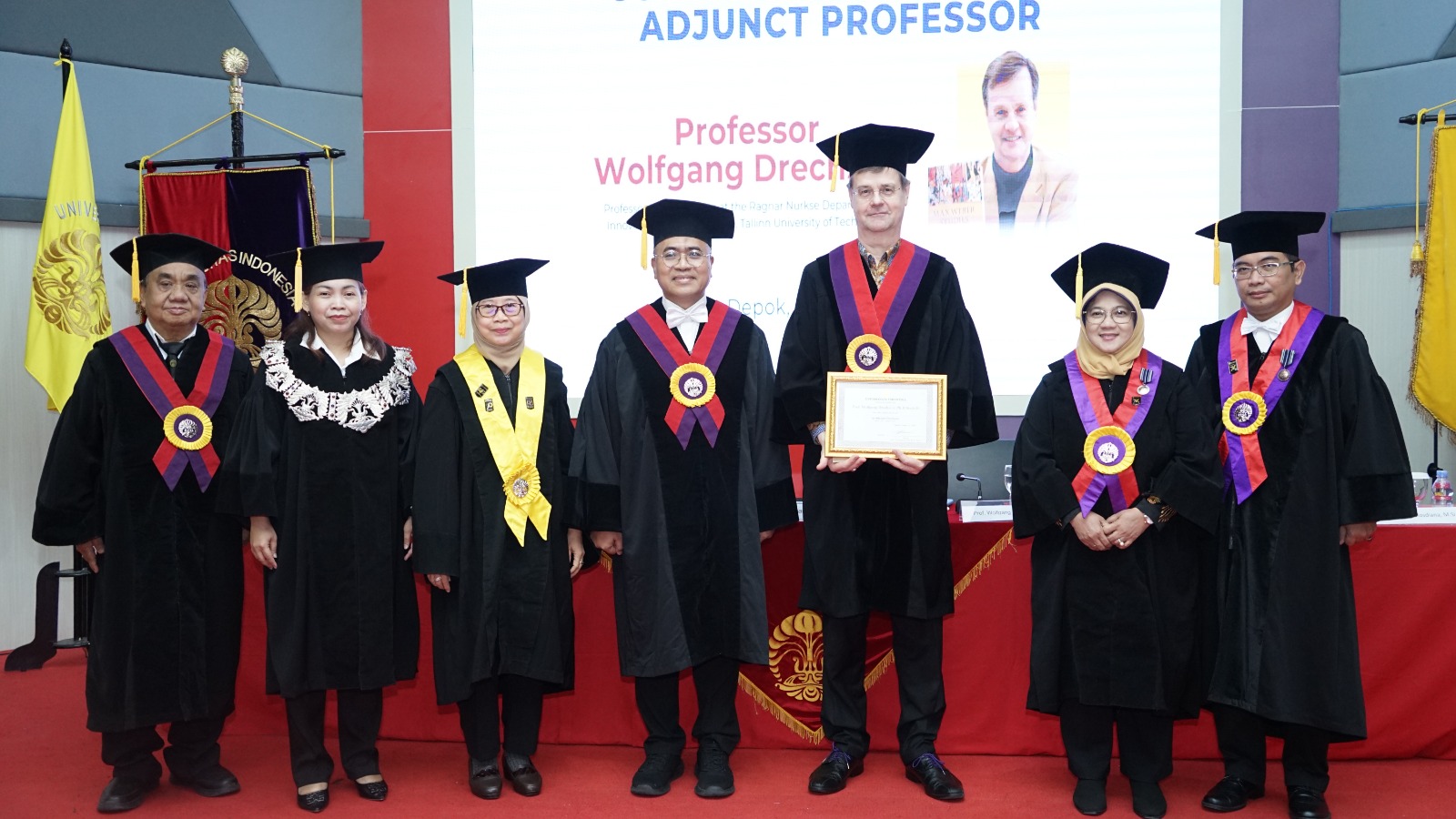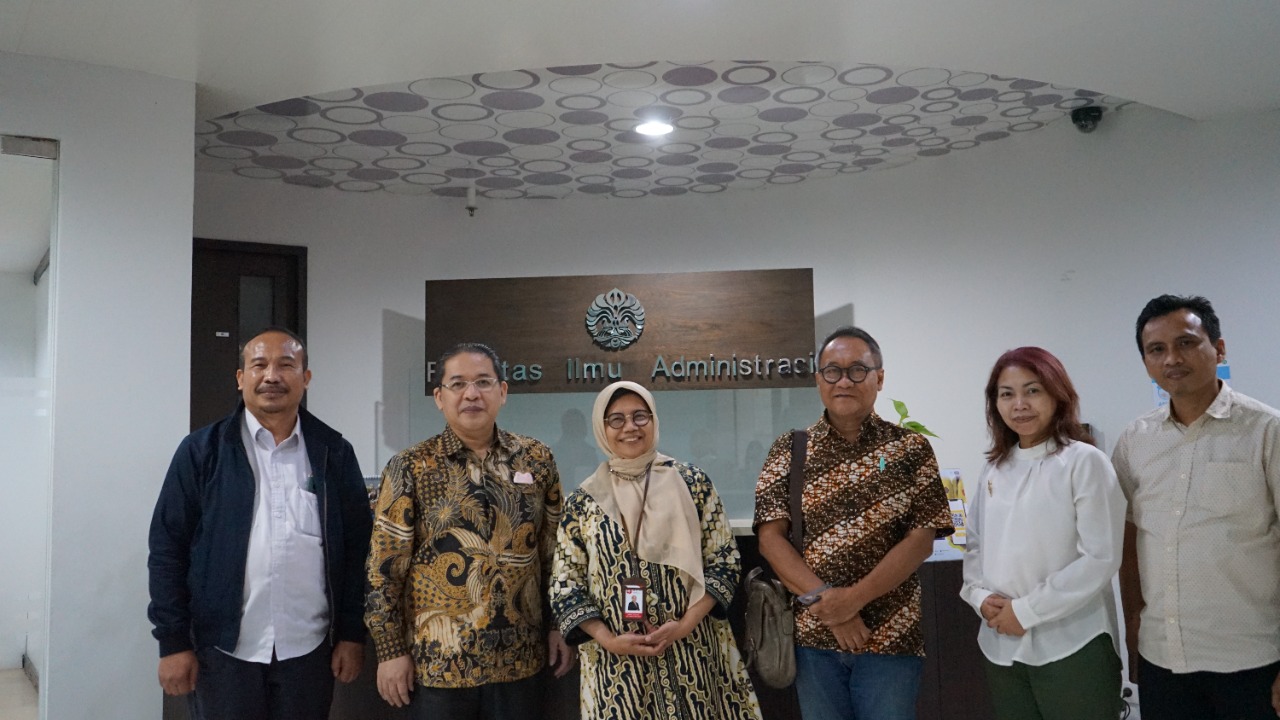The factual problems of the P2P lending fintech industry in the last 3 years, among others: an increase in the loan default rate (TWP) or NPL, the number of P2P lending fintech providers that continues to decline, the number of consumer complaints that always increases significantly, an increase in risks other than the risk credit, namely operational risk, inadequate financial architecture regulations related to fintech P2P lending and there are only 2 regulations, namely POJK No.77/2016 and SEOJK No.18/2017.
The opening statement was delivered by Dr. M. Fahmi Arkanuddin, SE, MM, MA, at the promotion session for Doctorate in Administrative Sciences, Postgraduate Program, Faculty of Administrative Sciences-University of Indonesia, Friday (08 July 2022).
The next explanation is that the fintech ecosystem based on the taxonomy is divided into 2 (two) classifications, namely the vertical fintech ecosystem and the horizontal fintech ecosystem and maintaining the stability of the P2P lending fintech ecosystem is very important in an effort to maintain the continuity of this business in the future. The stability of the P2P lending fintech ecosystem that must be maintained includes ecosystem stability without oscillation or no-oscillation stability and stability-resistance ecosystem stability. No-oscillation stability, guarded against swaying internal elements of the P2P lending fintech ecosystem, which consists of 7 (seven) elements, namely (i) fintech start-ups; (ii) government; (iii) IT developers; (iv) fintech customers; (v) traditional financial institutions, where there are 2 (two) additional elements, namely: (i) credit insurance institutions and (ii) fintech consumers protection agencies. Meanwhile, stability resistance is maintained from external elements of the P2P lending fintech ecosystem.
Promovendus explained that these external elements that have the potential to affect the stability of the P2P lending fintech ecosystem are risks and regulations on financial architecture. These two variables are very interesting to be raised in research regarding the Effect of Financial Architecture Risk and Regulation on the Indonesian P2P Lending Fintech Ecosystem, which in general this research has 2 (two) objectives, namely: (i) Analyzing the relationship and influence between risk variables , financial architecture regulation variables and fintech ecosystem variables; (ii) Analyzing the fundamental risks of the Indonesian P2P lending fintech industry. The results of his dissertation were presented at a doctoral promotion session in the field of Administrative Sciences, Faculty of Administrative Sciences, University of Indonesia (FIA UI) on Friday, July 8, 2022 in a hybrid manner (online and offline). .
The theoretical significance of research is to confirm the theory of the fintech ecosystem and apply the theory of risk-based regulation (RBR) or risk-based regulation in the P2P lending fintech industry. RBR is a combination of regulatory theory and risk theory. The practical significance of this research is laying the groundwork for the development of further research for the application of the concept of ecosystem based risk management, and the concept of RBFR (risk based fintech rating), which the banking industry has implemented with the concept of RBBR (risk based bank rating), with the RGEC approach ( Risk Profile, Good Corporate Governance, Earnings and Capital) and the P2P lending fintech industry can start with a Risk and Capital approach, and practically apply 2 (two) new elements to the fintech ecosystem, namely credit insurance institutions and fintech consumers protection agencies.
With regard to this research, it is strengthened by studies that have been conducted by outside researchers related to the relationship between variables, such as the relationship between risk variables and regulations studied by Atsuyoshi Takeda & Yoshihiro Ito (2021) and Pan Gongsheng (2021). The relationship of risk variables to the fintech ecosystem has been studied by Chari Krishnan (2020) and Carmen Leong, Barney Tan, Xiao Xiao, Felix Ter Chian Tan, Yuan Sun (2017). The relationship of regulatory variables to the fintech ecosystem has been studied by Diego Fernández & Santiago Eraso Lomaquiz (2019).
Fahmi explained that currently P2P Lending fintech is a rapidly growing industry with all the benefits, opportunities, and challenges that exist as well as the increasingly massive internet, smartphone and social media support that makes it easier for everyone to access the P2P digital-fintech platform. lending.
Furthermore, Fahmi explained that this research integrates the theory of horizontal and vertical fintech systems and combines elements of the fintech ecosystem with the addition of two important elements.
The result of Fahmi’s dissertation research is that from the perspective of the fintech ecosystem, risk has a very strong relationship to financial architecture regulations. this shows that the issuance of regulations can be one way to mitigate risk. In addition, in the P2P lending fintech industry, risk has a significant influence on the fintech ecosystem.
At the regulatory level of fintech P2P Lending, the regulation of financial architecture has no significant effect. Then, the risks and regulations of the financial architecture together and simultaneously have a significant effect on the fintech ecosystem,” said Fahmi.
Furthermore, Fahmi explained that the basic risks of fintech P2P Lending include credit risk, operational risk, liquidity risk, reputation risk, COVID-19 pandemic risk, as one type of risk added by the researcher. The implications of the results of this study, said Fahmi, are implications for the reconstruction of the concept of the fintech ecosystem element from Lee & Young (2018), from 5 elements to 7 elements.
“The implication of risk is that there is a need for directed and systematic efforts from the P2P Lending fintech industry players in mitigating fundamental risks so that they can be managed properly. The implications of financial architecture regulation are by increasing financial architecture regulations by perfecting existing regulations and issuing regulations that do not yet exist according to the needs of the fintech industry,” he concluded.
At the end of the description, Fahmi stated that the instability of the fintech ecosystem was the answer to the factual problems described earlier. Fahmi suggested that future research development can be directed to the concept of ecosystem-based risk management, to strengthen the stability of the fintech ecosystem and the concept of risk based fintech rating or RBFR with a risk and capital approach, to strengthen fintech start-ups, besides that it is also necessary to strengthen ecosystem stability by developing 2 (two) important elements, namely: credit insurance institutions and fintech consumers protection agencies, other suggestions such as the need for an assessment of the health level of the P2P lending fintech industry, so that operating companies are not vulnerable when facing business problems or risks and finally need to strengthen P2P lending (start-up fintech) fintech providers, so that they have strength when facing internal risks or problems
After the dissertation explanation, the event then continued with the submission of questions and objections from the examiner team. The promoter at this promotion session was Prof. Ir. Bernardus Yuliarto Nugroho, Ph.D, MSM, explained that promovendus’ dedication in completing his dissertation.
After that, the event continued with the inauguration ceremony of Mohammad Fahmi Arkanuddin as a doctor of the 17th Faculty of Administrative Sciences in the field of Administrative Sciences with cum laude graduation.








